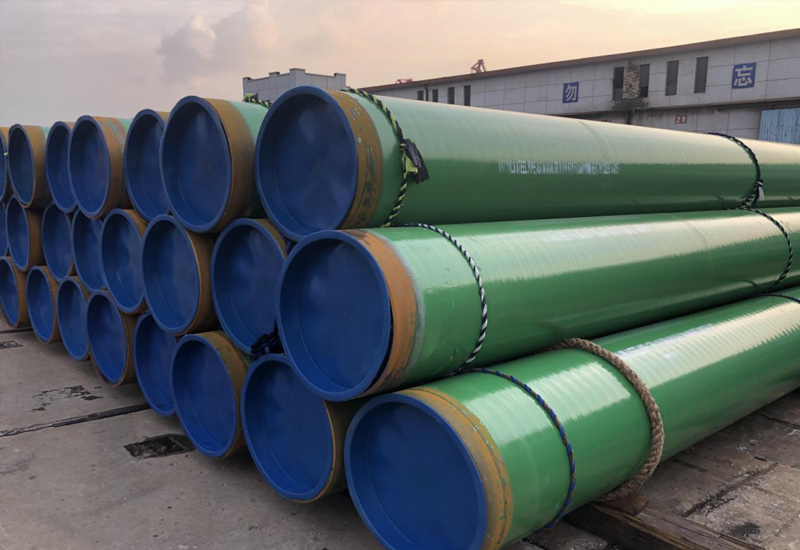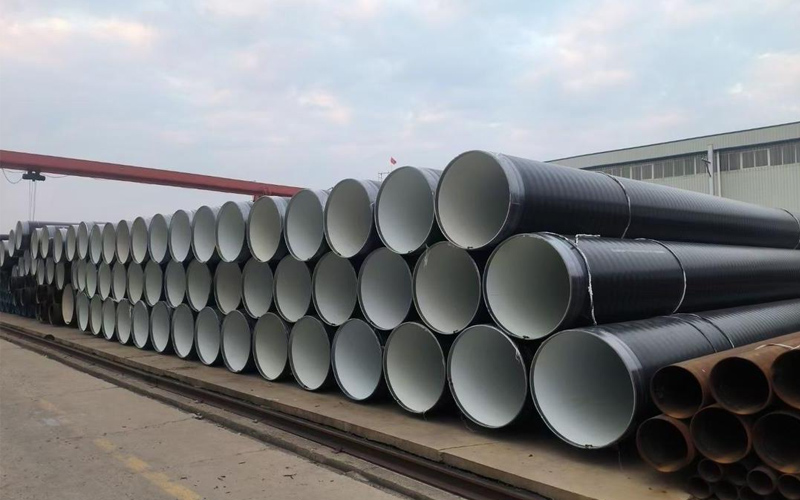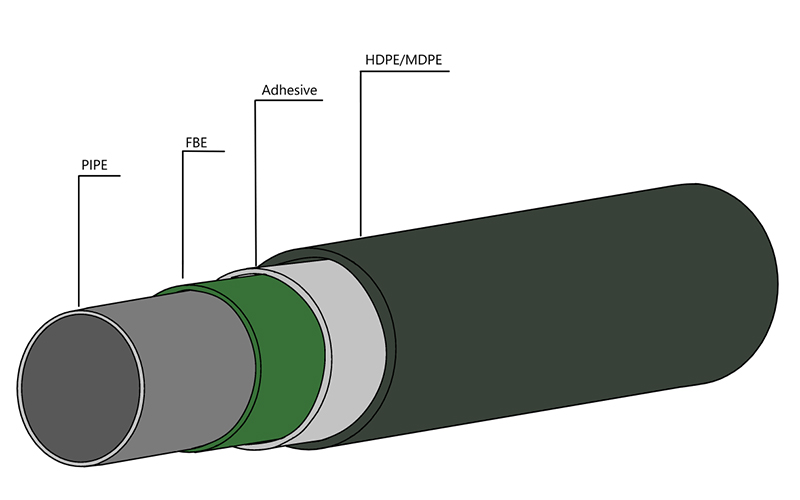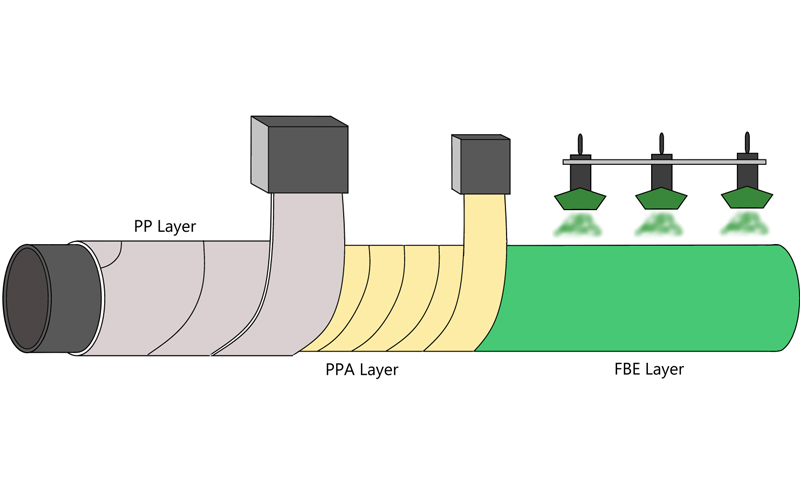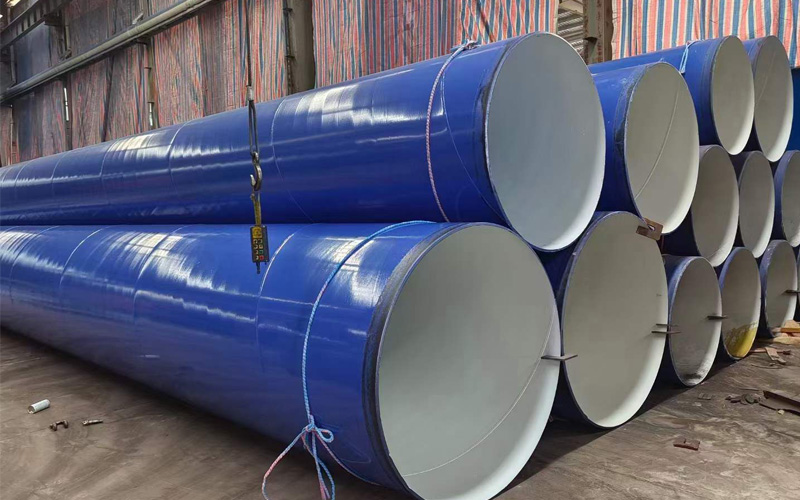Industrial High-Pressure Piping: A Complete Guides
High-pressure pipelines serve as the vascular system of the modern industry, playing a foundational supporting role in sectors such as energy, chemicals, and the power. In 2023, the market size for the high-pressure pipeline materials in the oil and gas sector accounting for 42% of the overall application market, making them the core carrier for resource the development and transportation. In the chemical industry, the production of synthetic ammonia and urea requires high-pressure environments of 10–100 MPa, with the pipeline systems forming the ‘backbone’ of the production processes. Additionally, high-pressure hydrogen pipelines are critical for the large-scale application of the carbon-neutral energy, while the deep-sea oil and gas and offshore wind power are driving the development of corrosion-resistant composite the materials, making them a key support for the traditional industrial upgrading and breakthroughs in emerging industries.
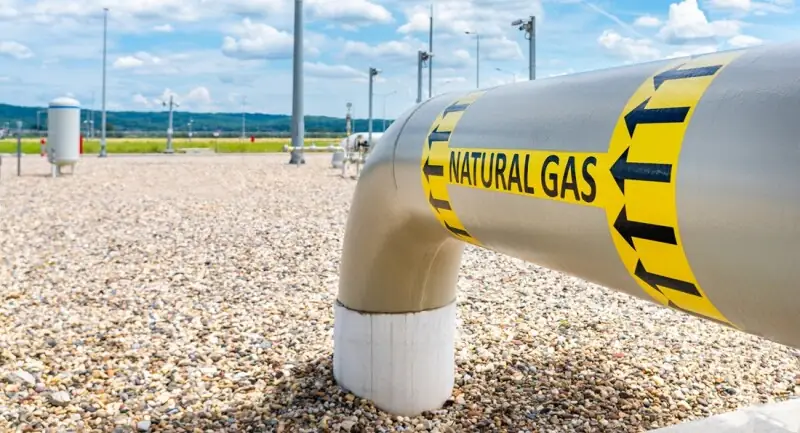
Specific application scenarios of LSAW pipe and SSAW pipe in high-pressure pipelines
Types of high-pressure steel pipe:
LSAW Pipes: The Preferred Choice for High-Pressure Mainlines
Oil and Gas Transportation:
Used in Class 1 and Class 2 high-risk areas (such as extremely cold regions, subsea environments, and densely populated areas), it is the only pipe type specified by API standards.
Typical Projects: Cross-border high-pressure natural gas pipelines (e.g., the China-Russia Eastern Route), deep-sea oil and gas pipelines (pressure ≥ 15 MPa).
High-pressure water pipe:
Covering energy transmission, mining engineering, power systems, municipal pipelines, and special industrial scenarios
Energy and Chemical Industry:
Nuclear power plant cooling systems, high-pressure power plant pipelines, requiring high-temperature and high-pressure resistance (e.g., P91 alloy steel material).
SSAW Pipes: A Supplement for Medium- and Low-Pressure Scenarios
Low-Pressure Oil, Gas, and Water Systems:
Suitable for Class 3 and Class 4 low-risk zones (e.g., farmland, deserts), with operating pressures typically <10 MPa .
Example: inland water supply networks, heating pipelines (cost 20–30% lower than LSAW) .
Structural support and non-pressure applications:
Piling pipes, building support structures, utilizing their flexibility to adapt to foundation deformation.
Technological Evolution Direction
LSAW: Develop JCOE intelligent production lines (such as ALLLAND STEEL PIPE) to enhance the domestic production of ultra-high-strength steel pipes above X100 to 710.
SSAW: Improve to a pre-weld + precision weld separation process (already applied internationally) with the goal of approaching LSAW quality.
High-Pressure Water Pipes (High-Pressure Water Pipe)
•High-pressure water pipe must balance the corrosion resistance and environmental protection in the firefighting, hydraulic cutting, and the high-pressure cleaning applications, making stainless steel the preferred material.
•Firefighting systems: The 304/316 stainless steel pipes withstand the pressures above 1.6 MPa, with the 316 containing molybdenum for the resistance to salt spray and acid-alkali environments, suitable for the coastal/chemical environments. Welded connections ensure the sealing integrity and emergency reliability.
•Waterjet cutting: The seamless stainless steel pipes undergo the solution treatment and nitriding, withstanding the ultra-high-pressure pulse impacts of 250–400 MPa, offering the fatigue resistance and wear resistance, meeting the demands of extreme conditions such as oil fields.
High-pressure cleaning: 304 stainless steel has a smooth inner wall, paired with environmentally friendly seals to reduce the resistance and prevent the chemical penetration, certified to ROHS standards, suitable for municipal sanitation washing vehicles, preventing the rust blockages and ensuring the durability.
Stainless steel pipes are 100% recyclable and free from the heavy metal contamination. Depending on the application, choose the 304 (standard) or 316 (high corrosion resistance) for high strength, weather resistance, and the environmental friendliness, making them a sustainable solution for the industrial and residential use.
Key Components: High-Pressure Pipe Fittings
High-pressure tube fittings are the critical joints of a pressure system, with the core functions including:
1. Reliable Sealing: Preventing medium leakage under the extreme pressure to ensure the system integrity.
2. Secure Connection: Precisely connecting pipes and equipment to the maintain structural integrity and withstand the high-pressure impacts.
3. Precise Flow Control: Directing high-pressure fluid flow and regulating flow rate to meet complex process requirements.
Selection Criteria Are Critical:
Pressure Rating Matching: Must strictly equal or exceed the system’s maximum operating the pressure and impact pressure.
Material Compatibility: Select the materials based on the conveyed medium (corrosivity, temperature) and the environmental conditions (e.g., stainless steel, alloy steel).
Standard Certification: Adhere to the authoritative standards such as ASME B16.11 and GB/T to ensure manufacturing quality and interchangeability.
Reliable Manufacturer: Choose a technically mature, fully qualified supplier to ensure the product consistency and traceability.
Accurate selection and application of high-pressure fittings are the core guarantees for ensuring system safety, efficiency, and long-term operation.
Detailed explanation of fitting types
•Crimp-type fittings: Sealed by tightening the nut to compress the crimp, these fittings are easy to install and can be repeatedly disassembled. They are suitable for pipe diameters ranging from 1/16‘ to 2’ and can withstand the pressures up to 10,000 psi. They are commonly used in the hydraulic systems and vibrating equipment (such as compressors).
•Welded fittings: These are fixed by fusion welding, offering the excellent strength and sealing performance, and are suitable for extreme operating conditions. They are commonly used in the chemical pipelines, aviation fuel systems, and other applications with high durability requirements.
•Flange fittings: These use bolts to clamp flange discs for sealing, making them easy to maintain. They are suitable for large diameters ranging from DN50 to DN600 and are used in high-pressure systems requiring frequent maintenance, such as petrochemical plants and power plants.
•Pressure-resistant design complies with SAE J514 standards, specifying pressure ratings (dynamic pressure ≤ 5,000 psi), materials (carbon steel/stainless steel, etc.), and sealing designs for 37° flared joints, ensuring reliable high-pressure connections in aerospace, construction machinery, and other fields. Selection should consider pressure, medium, maintenance requirements, and industry standards to ensure system safety.
Size Standard Guide (HIGH PRESSURE PIPE SIZES)
| Pipe Type | Common Size Range | International Standard |
| High-Pressure Steel Pipe | 1/4‘ – 24’ | ASTM A106/API5L |
| High-pressure hydraulic pipe | 3/8‘ – 2’ | SAE J517 |
| Industrial water pipe | 1/2‘ – 12’ | DIN/ISO standards |
Industry Application Scenarios and Selection Recommendations
High-pressure pipes in the energy, manufacturing, and municipal sectors require a focus on the core technologies for safety assurance:
1.Energy Industry: The Oil and gas transmission pipelines should use high-strength corrosion-resistant steel (e.g., X80 pipeline steel). Geological surveys and stress analyses should be conducted prior to construction. During operation, intelligent monitoring (distributed fibre optics, infrasonic positioning) should be used to detect leaks, combined with cathodic protection to mitigate external corrosion.
2.Manufacturing: Pipelines in hydraulic systems should optimise sealing structures (O-rings, metal seals), use high-pressure, wear-resistant materials (stainless steel, nickel-plated alloys), strictly control installation accuracy to avoid stress concentration, and regularly inspect and replace seals to prevent leaks that could cause accidents.
3.Municipal engineering: Municipal pipelines (water supply, heating) should use anti-corrosion coatings (fused epoxy powder) and flexible joint designs, compatible with ductile iron or reinforced plastic and other age-resistant materials. Leaks should be monitored using intelligent sensors, and anchoring and insulation should be reinforced under extreme weather conditions to extend the service life.
All three fields should rely on standardised design, intelligent monitoring, and precise maintenance to build a full life cycle safety protection system.
Maintenance and safety standards
1.Regular Pressure Threshold Testing
Pressure tests must be conducted regularly in accordance with industry standards (e.g., API 598 for the energy sector, ISO 19971 for manufacturing), using high-precision sensors (accuracy ≥0.5% FS) to monitor operating pressure in real time, and comparing results with design thresholds (1.5 times the working pressure during pressure testing). Abnormal fluctuations (exceeding ±10% of the threshold) require immediate shutdown for investigation. Stress analysis should be used to identify pipeline weak points, and a pressure-time curve archive should be established to provide the data support for preventive maintenance.
2.Component replacement cycles
The replacement cycles for high-pressure pipeline components (e.g., pipe joints, seals, flanges) should be determined based on operating conditions:
•Seals (O-rings, metal seals): Replace every 1-2 years under normal operating conditions; shorten to 6-12 months in corrosive or high-frequency vibration environments;
•Flange bolts: Conduct a comprehensive torque inspection every 3 years (retighten according to ASME B16.5 standards); immediately replace if surface rust or thread damage is detected;
•Elbows/tees: Replacement is determined based on wall thickness reduction rate (exceeding the design value by 10%) or magnetic particle testing for cracks, with mandatory inspection every 5-8 years.
Dimension compatibility check
Before installation, verify the pipe dimension standards (e.g., ASME B16.25, GB/T 12459), with particular attention to:
1.Nominal diameter (NPS) and wall thickness grade (Sch40/Sch80): Ensure compatibility with valve and pump group interfaces to avoid turbulence wear caused by mismatched diameters;
2.Connection type (welded / threaded / compression fitting): Verify thread profile compatibility (NPT/BSP) for threaded connections; check outer diameter tolerance (±0.1mm) for compression fittings;
3.Cross-industry component compatibility: When mixing components from different industries, such as oil and gas pipelines (API Spec 5L) and hydraulic systems (ISO 6149), seal integrity must be verified through pressure cycle testing (≥1000 cycles).
Get Your Custom Steel Pipe Quote Today!
Provide us with your project details (like application, specifications, quantity). Our experienced team will respond with a tailored solution and competitive quote within 24 business hours.
Related Articles
ASTM A53 vs. API 5L: A Guide to Selection and Application
Introduction:Technology differences determine success or failure, and selection needs to be “precise”
Steel Density Analysis: Core Differences between Mild and Medium Carbon Steels and Industrial Applications
3LPE coated steel pipe: a solid barrier in the field of industrial corrosion protection
3LPP coated pipe: anti-corrosion guard in high temperature and high pressure environment
FBE steel pipe: the technological armor of the steel defense line
HOT TAGS
latest posts
- 3LPP coated pipe: anti-corrosion guard in high temperature and high pressure environment
- ASTM A53 LSAW Steel Pipe Selection Guide for Oil and Gas Transportation Pipelines
- API 5L LSAW Pipe: A Deep Dive into PSL1 vs. PSL2
- Steel Pipe Sizing Errors? DN vs. OD Explained for Buyers
- NDT for Pipe Welds: X-ray vs. Ultrasonic Testing




